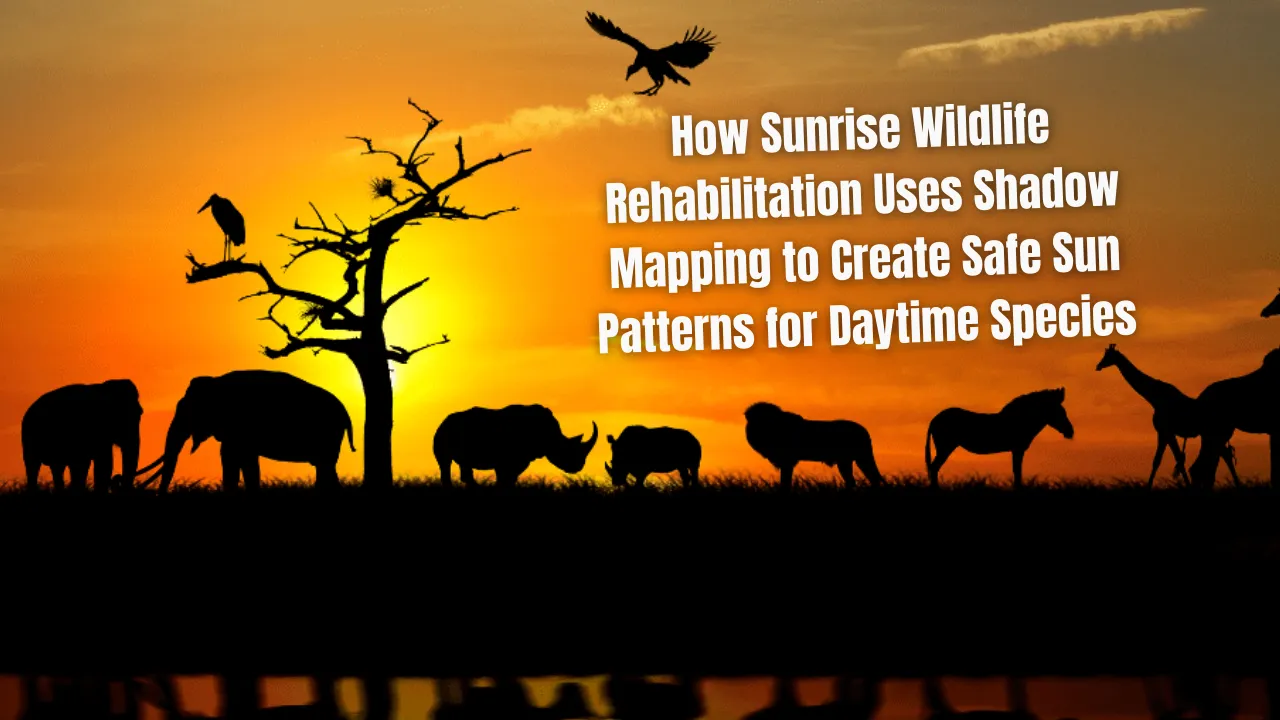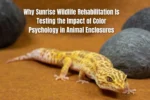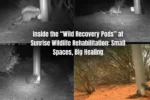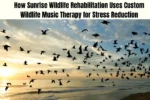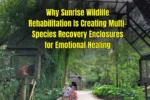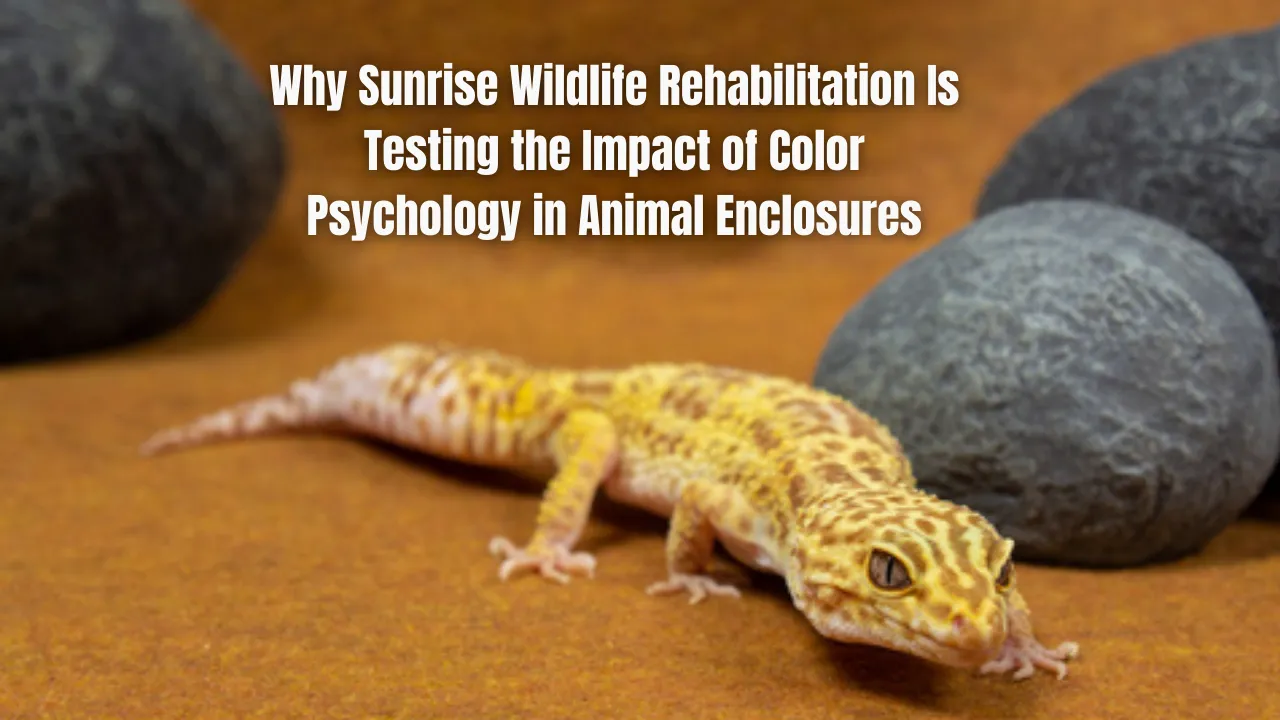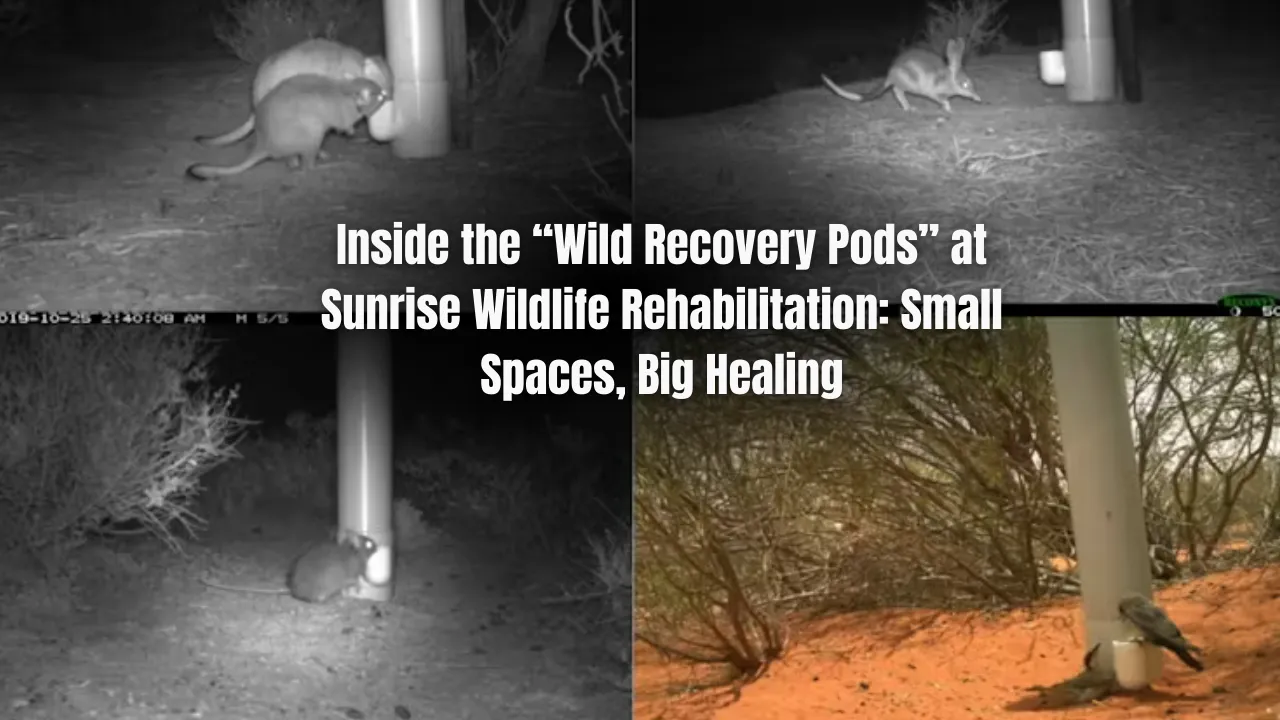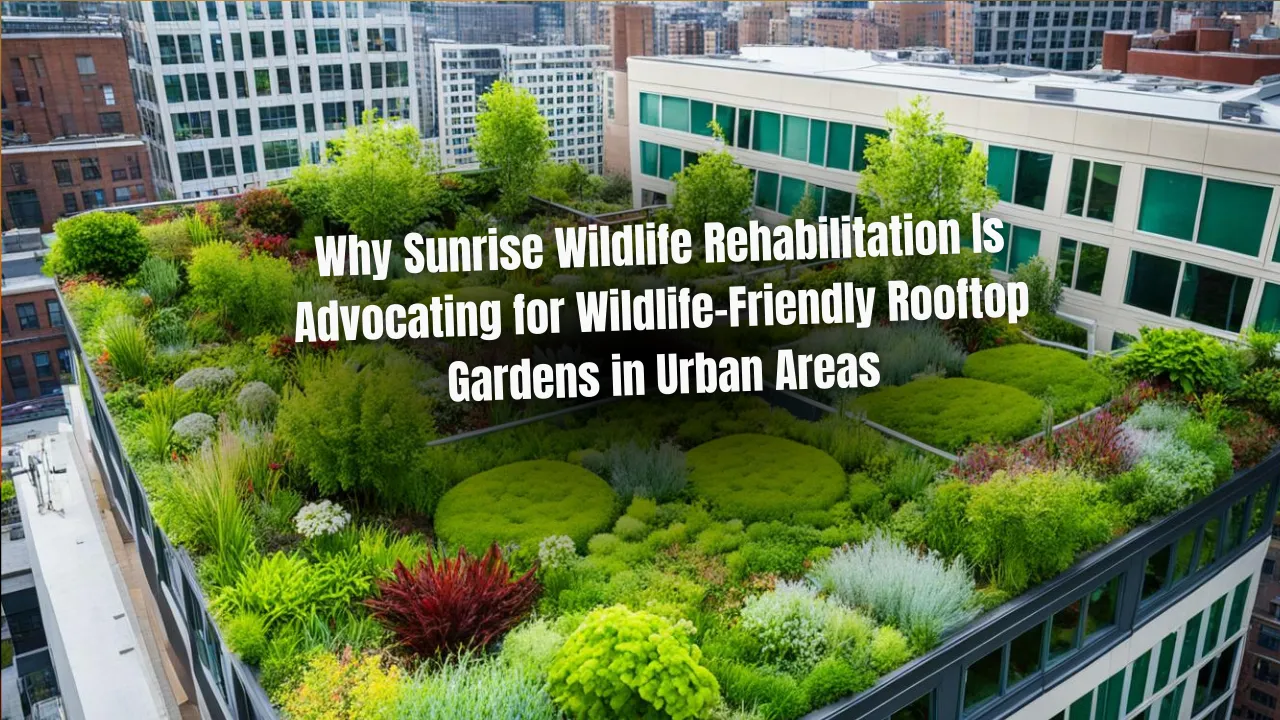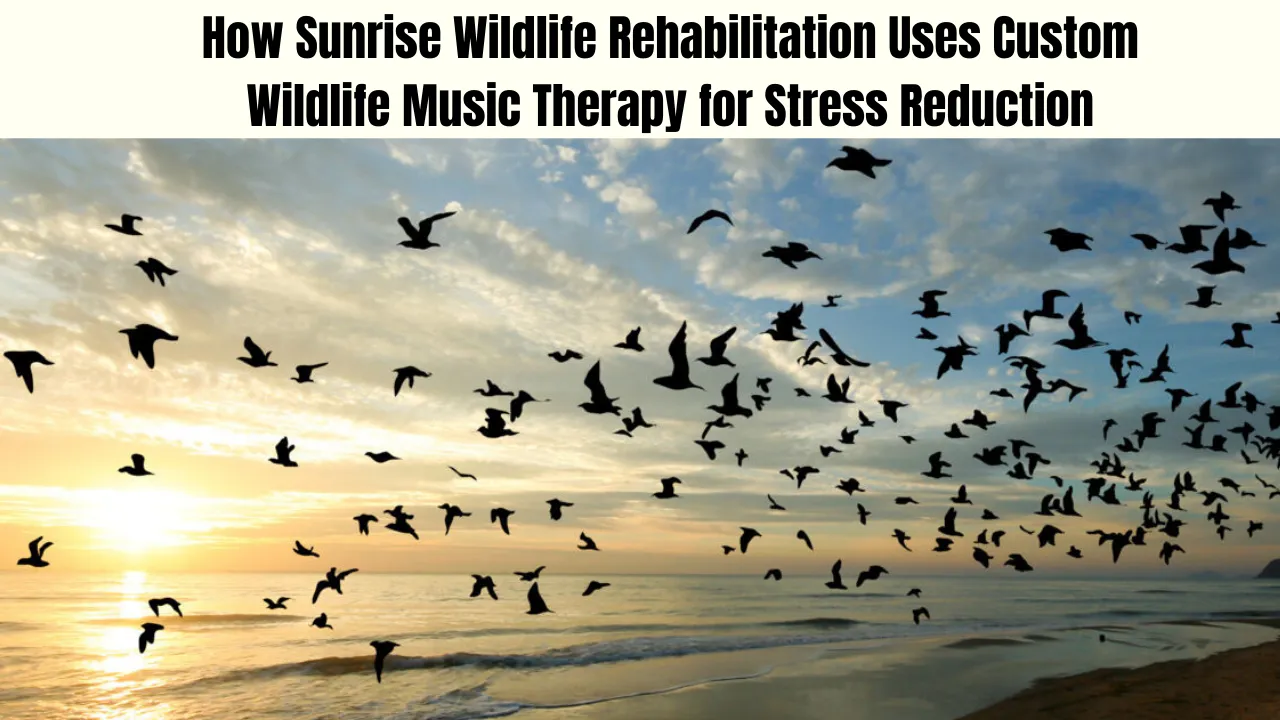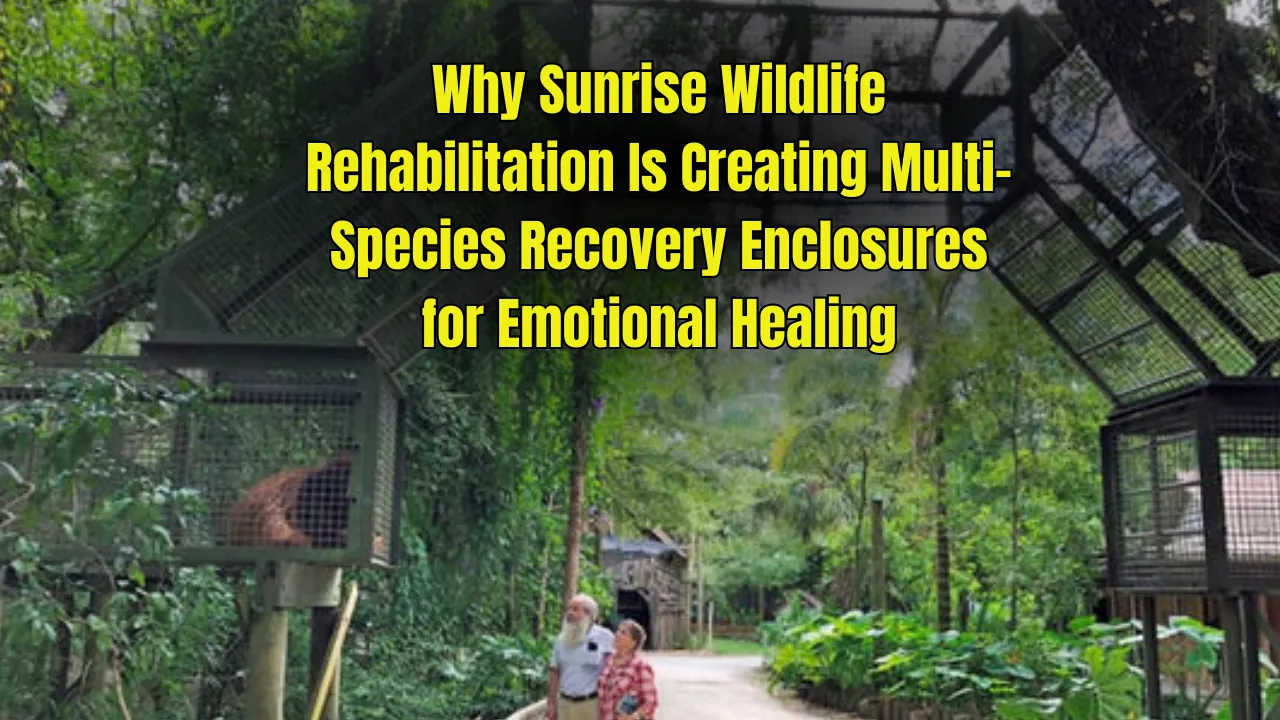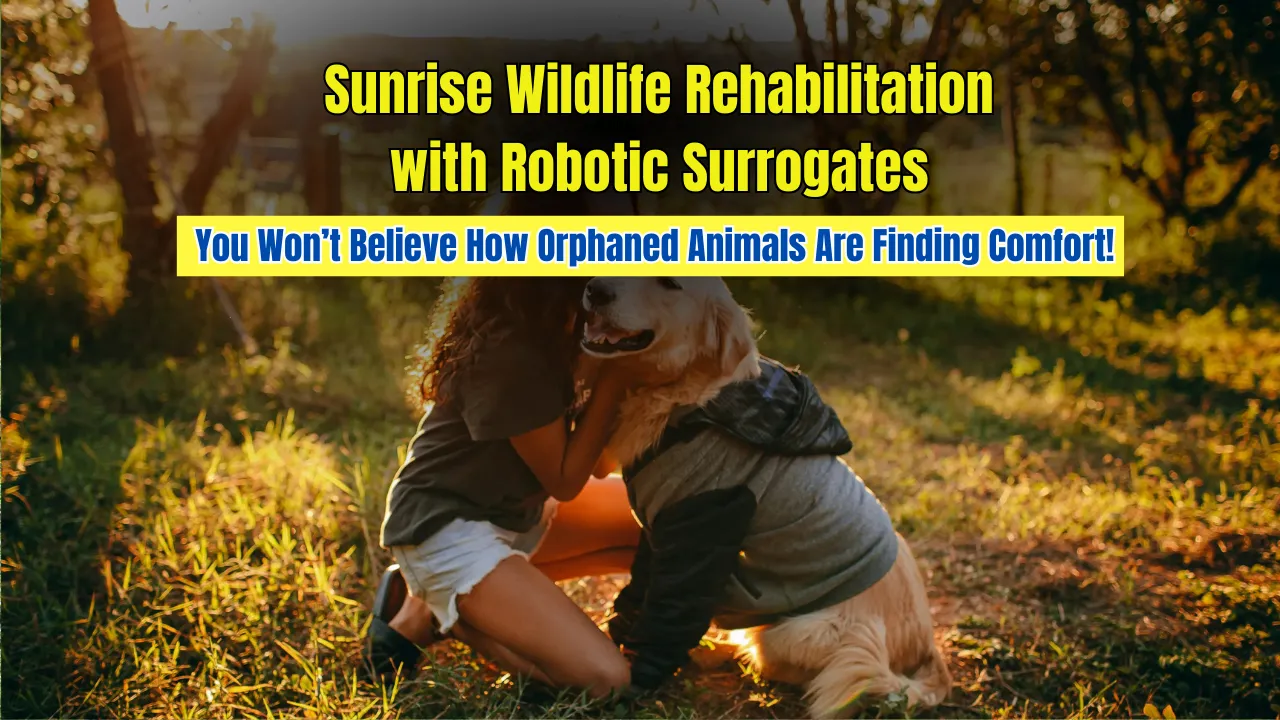Shadow mapping is quietly transforming the way animal rehabilitation centers create safe, nurturing environments for their residents. At Sunrise Wildlife Rehabilitation, this approach isn’t just a tool—it’s a philosophy. As injured or displaced animals pass through recovery phases, the quality of their environment plays a significant role in their healing. That’s why mimicking the natural movement of sunlight, with careful attention to light and shade balance, is key to giving these creatures the best chance at recovery.
This article takes you inside the innovative approach Sunrise Wildlife Rehabilitation uses to implement shadow mapping. You’ll discover how this method allows the center to build smarter, species-appropriate habitats, reduce animal stress, and boost recovery outcomes. We’ll explore the technology, its benefits, practical applications, and how it could be a model for similar organizations looking to upgrade their animal care practices.
What is Shadow Mapping?
Shadow mapping is a planning and visualization technique used by Sunrise Wildlife Rehabilitation to analyze how sunlight travels across enclosures throughout the day. By tracking light movement, the facility can design spaces that provide optimal daylight exposure for different animal species without risking overheating or discomfort.
Using 3D modeling tools and digital simulations, staff members study seasonal and daily light patterns. These insights help them decide where to position shade structures, nests, food stations, and enrichment zones. The goal is to recreate a space that feels as close to a natural habitat as possible, while accounting for the specific needs of each species under care.
Overview of Shadow Mapping at Sunrise Wildlife Rehabilitation
| Feature | Details |
| Purpose | Control and balance daylight exposure for animal enclosures |
| Technology Used | 3D modeling, sun tracking software, environmental simulations |
| Key Species Benefited | Diurnal birds, reptiles, small mammals, light-sensitive species |
| Benefits | Better thermal regulation, reduced stress, accelerated healing |
| Implementation | Site-specific enclosure design, custom shade solutions, seasonal light analysis |
Why Daytime Species Need Sun Protection
Daytime or diurnal species are active during daylight hours, relying on sunlight to regulate their internal clocks, stimulate feeding behaviors, and support overall health. However, direct exposure to high levels of sunlight—especially in warmer months—can become dangerous. At Sunrise Wildlife Rehabilitation, staff have observed that animals recovering from injury, burns, or dehydration are particularly vulnerable to heat stress and UV exposure.
That’s why shadow mapping plays such a crucial role. It helps the facility offer sunlight in controlled, digestible doses, allowing animals to enjoy warmth and visibility while always having access to cool, shaded retreats. This not only improves physical healing but also supports psychological recovery by providing a safe and predictable environment.
How Sunrise Wildlife Uses Shadow Mapping
Sunrise Wildlife Rehabilitation starts with a detailed survey of each enclosure’s location, orientation, and size. Then, using shadow mapping software, they simulate sunlight movement from dawn to dusk, across all seasons. These models reveal how long different areas are exposed to direct sunlight and when shadows appear.
Based on this data, the team strategically places shade structures, vegetation, and natural barriers like rocks and logs. In enclosures for light-sensitive species, retractable or movable shade solutions are installed to give caretakers more control. Feeding zones are often positioned in areas with balanced light, while resting zones are shaded and cool.
This method ensures that animals can self-regulate their temperature and activity, just like they would in the wild.
Benefits of Shadow Mapping in Wildlife Rehabilitation
The adoption of shadow mapping has led to a noticeable improvement in animal well-being at Sunrise Wildlife Rehabilitation. Here are some of the standout advantages:
- Better thermal regulation: Animals can move between sun and shade to control their body temperature naturally.
- Reduced stress levels: A well-designed environment with predictable light patterns helps animals feel secure.
- Increased recovery speed: Exposure to appropriate levels of natural light supports vitamin D synthesis and strengthens immune function.
- Realistic habitat simulation: Shadow mapping helps replicate natural conditions, which is essential for animals transitioning back into the wild.
- More efficient enclosure planning: Staff can avoid trial-and-error by designing enclosures based on sunlight data from the start.
These benefits also extend to the caregivers, who are better equipped to monitor, care for, and enrich the lives of their recovering animals.
Tools and Technology Behind the Scenes
Sunrise Wildlife Rehabilitation uses accessible yet powerful tools to carry out its shadow mapping work. Programs like SketchUp, Rhino, or specialized sun simulation software allow the team to build detailed digital models of each enclosure. These models account for terrain, structures, trees, and elevation—all of which affect shadow patterns.
Importantly, they also consider seasonal variations. For instance, a shaded area in winter might be exposed during summer, so long-term mapping helps staff plan flexible, responsive solutions. Rather than overbuilding or using heavy structures, the center often opts for natural materials like vines, shade sails, or native plants that blend into the animals’ surroundings.
Implementation Tips for Other Rehabilitation Centers
For facilities looking to incorporate shadow mapping, here are some beginner-friendly steps to get started:
- Use a basic sun-tracking app: Even smartphone apps can help assess light angles throughout the day.
- Observe animal behavior: Notice where animals rest, hide, or become agitated in current setups.
- Create digital or paper models: Sketch out enclosure layouts and experiment with different shelter placements.
- Start small: Test shadow patterns in one enclosure before scaling up across the facility.
- Work with local landscape designers: Partnering with habitat experts can enhance your planning.
This approach doesn’t require massive budgets—it only requires thoughtful design and a commitment to animal welfare.
Key Advantages in List Format
Top Advantages of Shadow Mapping for Wildlife Centers:
- Protects animals from harmful sun exposure
- Enhances enclosure design with science-backed planning
- Supports circadian rhythms and natural activity patterns
- Reduces reliance on artificial cooling or lighting systems
- Promotes successful reintroduction to the wild
Species That Benefit Most from Shadow Mapping:
- Birds like doves, hawks, and jays
- Reptiles such as iguanas, geckos, and turtles
- Nocturnal animals in transition to daytime exposure
- Mammals like squirrels and rabbits
- Amphibians needing precise light and moisture control
FAQs
What is shadow mapping in wildlife rehabilitation?
Shadow mapping is the process of tracking and planning sun exposure in animal enclosures to create balanced light and shade environments for improved animal care.
Why is sunlight regulation important for recovering animals?
Too much sunlight can stress or harm weakened animals. Controlled exposure helps them heal while still gaining natural health benefits from daylight.
How is shadow mapping different from just adding shade?
Shadow mapping uses data and simulation to predict sun movement and design shade that changes with time and season, unlike fixed, guess-based shading.
Is shadow mapping useful in all climates?
Yes, even in cloudy or cold regions, managing light exposure is crucial for mimicking natural habitats and supporting species-specific needs.
Can small rehabilitation centers use shadow mapping?
Absolutely. Many techniques can be done with simple tools, free apps, or local partnerships without needing advanced tech or high costs.
Final Thought
Incorporating shadow mapping into wildlife rehabilitation is a smart, compassionate, and forward-thinking practice. At Sunrise Wildlife Rehabilitation, this method is not about just keeping animals out of the sun—it’s about building trust, health, and resilience in creatures that need it most. By allowing animals to control their exposure to light, they feel safer, heal faster, and are more prepared for life back in the wild.
For other centers, this strategy offers a replicable model that’s cost-effective and deeply impactful. As we learn more about animal behavior and environmental needs, blending technology with natural habitat design is not just a luxury—it’s a necessity. If you’re involved in animal care or habitat planning, consider how shadow mapping could change the way you protect and rehabilitate life.
If you found this article helpful, share it or drop a comment. Curious about how nature influences your life? Explore your daily horoscope and stay connected to the rhythms of the wild.
